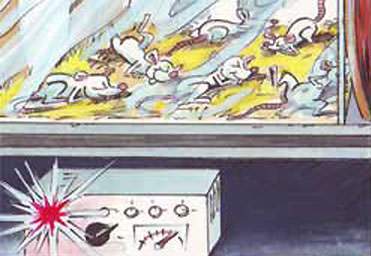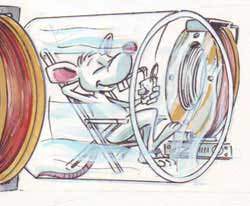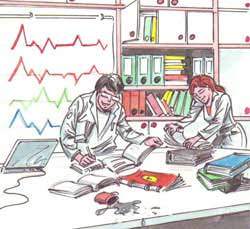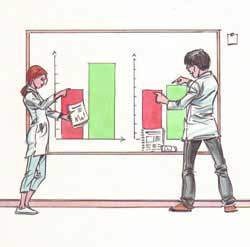It consists in exposing living animals (mice, rats, guinea-pigs, etc.) to electric and magnetic fields.
Exposure time is variable, and can last as long as the animal’s life.Tests make it possible to determine if the fields have affected the embryonic development, growth, fertility, behaviour or physiology of the animal.
Advantages usually the same as for human studies, but :
- A large number of animals can be studied (contrary to humans)
- Relatively cheap compared to clinical studies
- More invasive procedures can be used to investigate biological effects from exposure to electromagnetic fields
- Chronic exposure can be studied (e.g., life-time exposures of mice and rats)
- Specific animal models can be used (e.g., extra sensitive strains, genetically modified animals, …)
- ….









